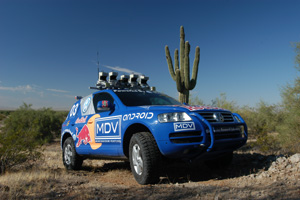If you don't read anything else, read these:
Basics of neural networks:
- Overview of Artificial Neural Networks. Another overview, written as an essay, is here.
-
Neural Nets--This page covers more theory than the Artificial Neural Networks page does.
-
This site on neural networks is well-organized and rather comprehensive in its explanations. So is this one, which gives a broad view of the subject, including vocabulary and some history.
- Want more? These sites point to plenty of introductory papers: [ 1 | 2 ]. This site points to a number of tutorials, including one on Neural Networks in Hardware. (Definitely not your parents' computer!) If that's not enough, look at these link pages: [ 1 | 2 | 3 ]
How do you train a neural network? This tutorial--written for Windows-based neural net software--is quite explicit.
Brain structure and biology:
Neural networks are loosely based on how the human brain works. They are one form of biologically-inspired computing. Here's some introductory material and comparative anatomy:
Neuroscience for Kids: Despite the title, it's an entertaining and fairly comprehensive introduction to the subject of brain science.
How your brain works: nice illustrations with short but good explanations from howstuffworks.com. The "Ask a Scientist"
column goes beyond the anatomy and briefly discusses why knowing the
anatomy doesn't begin to tell us why the brain works the way it does.
There's more along that line here. An even more complex picture starts to emerge in this article about how the brain makes music.
The Hopes brain tutorial explains some of the anatomy of the brain. A more graphic model is available for exploration; while some other details are available here. The Exploratorium uses the dissection of a sheep brain to explore the anatomy of memory. The Educational Cyberplayground includes information about brain development as well. Brainmaps has a large collection of different views of several species' brains, including that master of the universe, Felis catus. (Note the huge area devoted to food-seeking.)
New Scientist also has a large number of brief articles about how the brain works. And this site [ 1 | 2 | 3 ] ties a lot of loose ends together.
Brains and neural networks:
|
